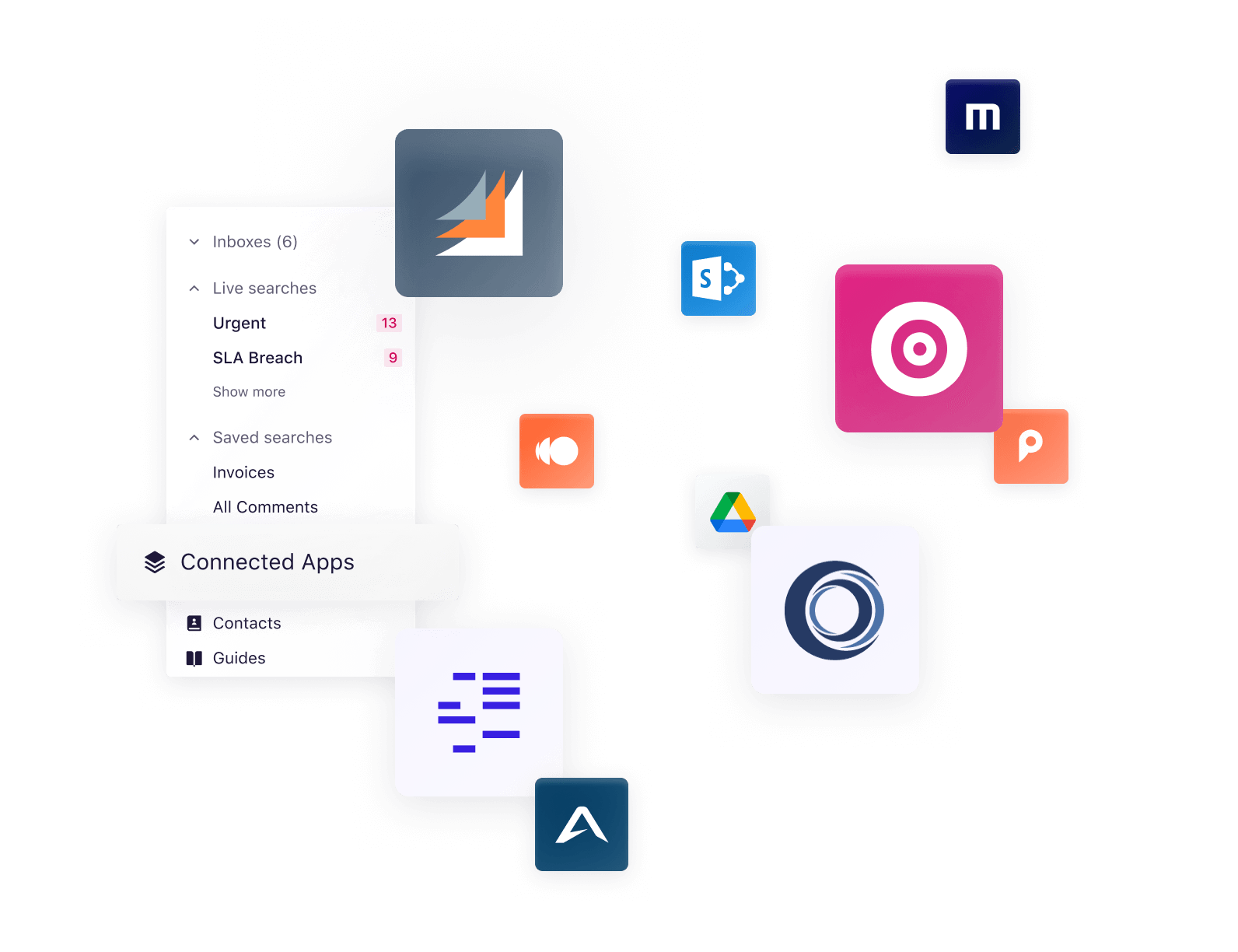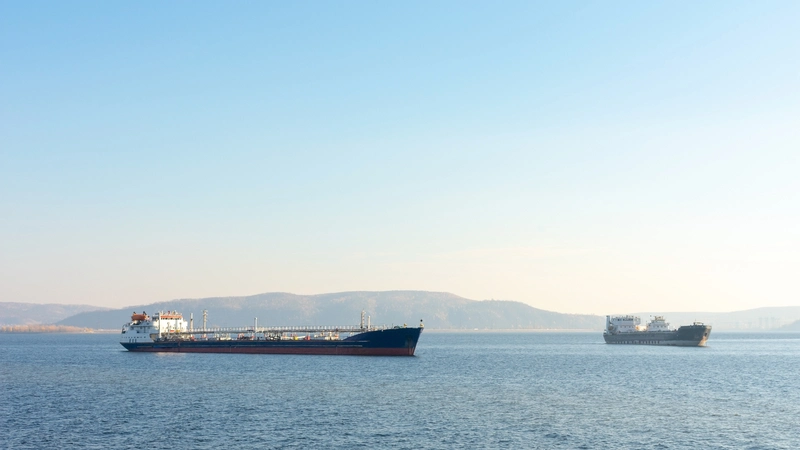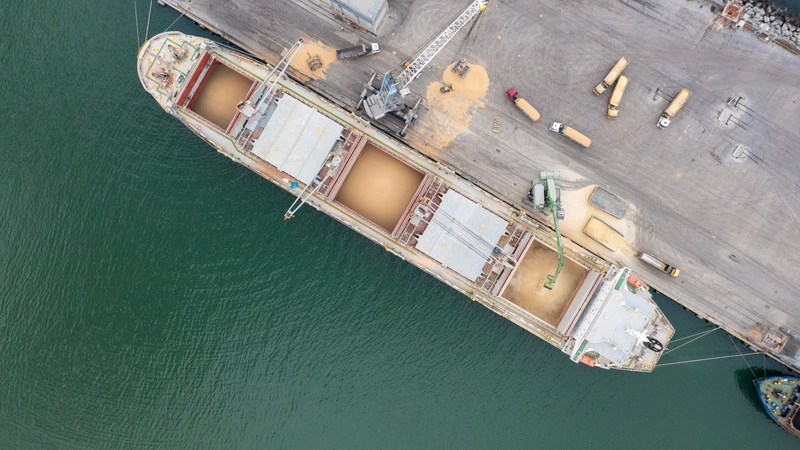Technology as a competitive advantage in shipping and logistics
Gone are the days of piles full of paper logs and hand-written bills of lading are drawing to an end. Today's most profitable shipping companies use technology to track vessels in real time, manage cargo more efficiently, and handle transactions with greater security. That's why digitalisation is no longer a nice-to-have, but a necessity for staying in business.
In this blog, let's take a closer look at how to leverage technology to get a competitive advantage in shipping.
What does competitive advantage mean in the shipping industry?
In the shipping industry, having a competitive advantage means you are able to outperform your competition by providing more efficient or cost-effective transportation services. You bring greater value to your customers, resulting in a stronger market position, more trusted customer relationships, a stronger market position and higher profitability. To get this competitive edge, however, you need to differentiate your business in ways that are meaningful to customers and difficult for competitors to replicate.
Start by revamping your maritime software stack. As competitors invest in cutting-edge technology solutions to optimise their supply chain management and operations, those who lag behind risk losing market share.
🚢 Starting your digital transformation journey? Download our guide to maritime digitalisation.

How to achieve competitive advantage in logistics and supply chain management
By embracing technology for your shipping and logistics business, you achieve:
1. Efficiency and accuracy
You can leverage digital transformation projects to automate many manual logistics processes, minimising the chances of human errors. In fact, a Capgemini report found that supply chain automation can increase operational efficiency by up to 40% and reduce errors by 30%.
With port container management systems (PCMS), for example, a combination of automation technologies such as radio-frequency identification (RFID), GPS tracking, and AI-driven analytics help monitor and optimise the movement of cargo containers for increased efficiency.
⚓ Learn how successful shipping companies leverage technology for optimal organisational efficiency.
2. Real-time tracking and visibility
With visibility into the location and condition of goods throughout their journey, you are able to identify and resolve potential issues proactively.
For example, you can leverage a terminal operating system (TOS) integrated with container tracking technology to enhance accuracy in inventory management, as operators can easily locate containers within the terminal, reducing the likelihood of misplacements or lost containers.
3. Data-driven decision-making
Without technology, traditional maintenance practices often involve scheduled manual inspections and repairs, which can be costly and may result in unnecessary downtime. But with data analytics and machine learning, maritime companies leverage data to optimise routes, predict downtime, and reduce shipping costs.
For example, by monitoring a ship's engine performance data, including temperature, pressure, fuel consumption, and other variables, machine learning models learn to recognise early signs of engine degradation or failures. When these models detect potential issues, they trigger proactive actions, such as scheduling maintenance or replacement of critical components before an outage.
4. Compliance and security
Given that maritime regulatory statutes extend to international laws, manually inspecting compliance is nearly an impossible task. You need an automated system that ensures that your communication remains secure and compliant, reducing the risk of data breaches and regulatory violations.
One prime example of how technology enhances compliance and security in the maritime sector is the Electronic Chart Display and Information System (ECDIS). It is a computer-based navigation system that combines electronic navigational charts with real-time positioning data. It assists mariners in navigating safely while also ensuring adherence to international regulations. ECDIS is designed to comply with the International Maritime Organization's (IMO) regulations mandating the use of electronic navigation systems.
5. Customer experience
Technology enables maritime companies to provide real-time updates to customers, offer self-service options, and personalise services. With advanced tracking and communication systems, for example, you can leverage the following type of data to enhance customer experience:
- Vessel location: Tracking the precise location of a vessel allows both the shipping company and its customers to better plan and optimise operations. For example, if a ship is en route from the port of Shanghai to Singapore, the system can monitor its progress and predict the estimated time of arrival.
- Weather conditions: Integrating weather data into your vessel management system helps in route planning and risk assessment. For instance, if there is a forecast of a severe storm along the ship's planned route, the system releases a warning to the captain to reroute to safer waters. This not only ensures the safety of the crew and cargo but also prevents delays.
- Shipping schedules: Adhering to promised delivery windows is critical to customer satisfaction. If a shipping company has a tight schedule for delivering goods to multiple ports, it should coordinate in advance arrival and departure times, docking resources, and crew availability — as a way to reduce port stay times, save costs, and keep the schedule on track.
Stay ahead of the competition with a modern email management system
Even with the most committed team on your side, lacking the right technology to back up your processes leaves you struggling to keep up with your competition. You need the right tools to respond to emails faster, make informed decisions, and improve communication with your team, customers, and partners. That's why an efficient inbox can give you a competitive edge, too.
With Sedna, you benefit from AI-powered email management software purpose-built for the maritime shipping industry. We help you stay ahead of the curve with:
- Streamlined communication: Sedna automates email sorting and prioritisation, reducing manual efforts and response times for customer inquiries.
- Data-driven insights: The AI-powered system analyses communication patterns to provide actionable insights, such as identifying the most frequent operational bottlenecks.
- Enhanced collaboration: Sedna enables real-time sharing of shipping documents and messages across departments, facilitating quicker decision-making.
- Regulatory compliance: The platform automatically updates teams on regulatory changes, ensuring that all operations remain within legal parameters.
- Robust security: With advanced encryption and access controls, Sedna ensures secure communication, protecting your sensitive data from unauthorised access and cyber threats.
Ready to leverage AI-powered email management to get a competitive advantage in the shipping and logistics industry? Book a Sedna demo now.
Latest resources
Driving faster action and insights from your core business system
Connected Apps integrate business-critical data hidden across your digital ecosystem. Make informed decisions without needing to switch contexts or systems.






